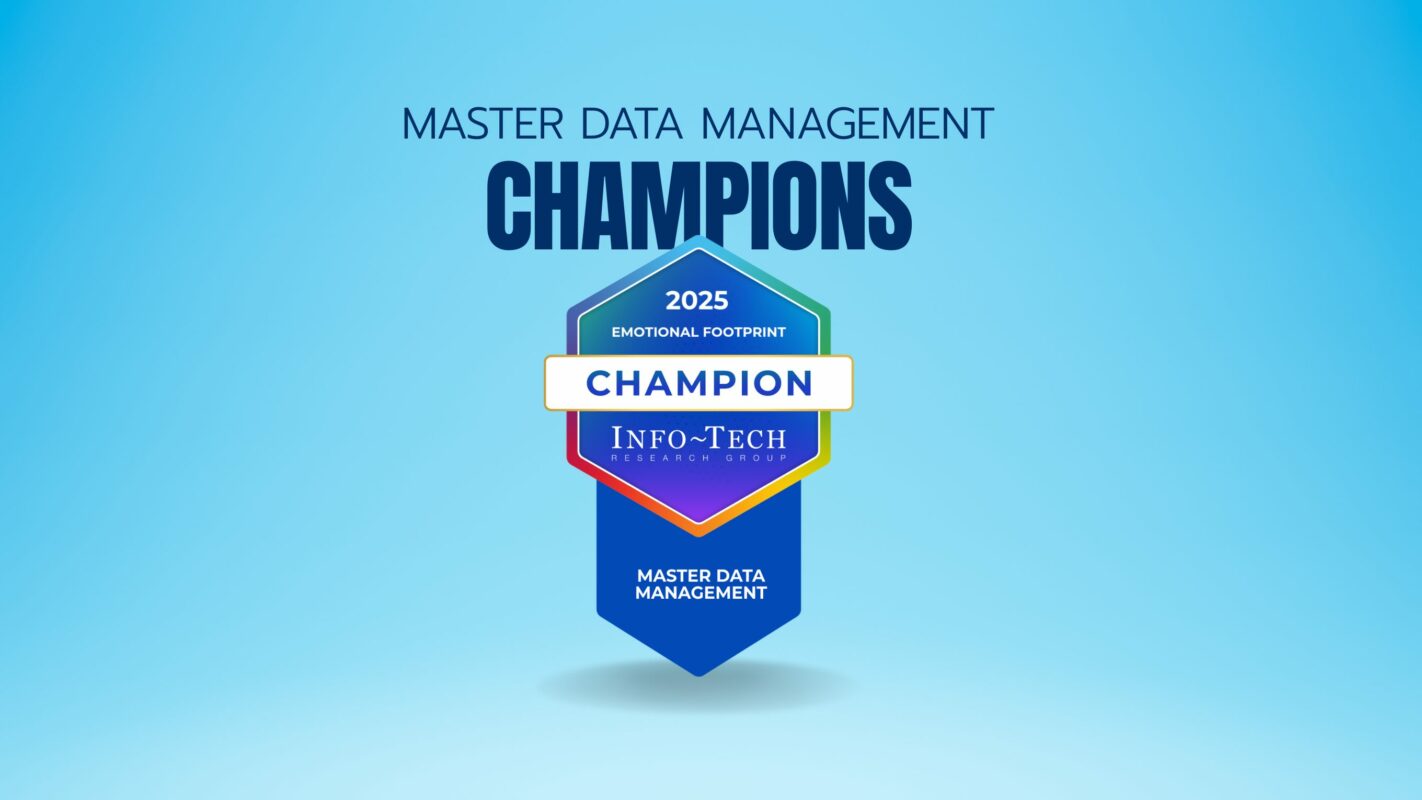I’m often asked how to explain Product Information Management (PIM) in a simple, tangible way. My answer? Think of a board game.
Yes, really.
Imagine your product portfolio as a collection of game pieces scattered across a vast, complex board. Each product, from your top-seller to that niche item with ten variants, is a piece waiting to be played correctly. Now, picture trying to play this game with no board, no rulebook, and players all doing their own thing. Chaos, right? That’s exactly what managing product data without a PIM system looks like.
Welcome to the Game of Data
In this “Game of Data” (and yes, like a certain fantasy series, winter is always coming for unprepared product catalogues), everything has its place—and purpose:
- The game board represents your central PIM platform. It’s where everything and everyone comes together, ensuring structure and visibility.
- The rulebook is your data governance policy. It defines standards, formats, and processes, so everyone plays by the same rules.
- The spaces on the board are your product attributes—from technical specs to lifestyle imagery to regional compliance details.
- The players are your internal departments—Marketing, E-Commerce, Sales, Product Management—each with a role to play.
- The objective: Guide each product “piece” through the correct path, enriching it with accurate, consistent, and compelling information.
With a well-structured PIM system, this game is not only playable—it becomes scalable, repeatable, and even enjoyable.
Level Up: The Evolving PIM Game
What makes this analogy especially powerful is how the game changes over time. Just like seasoned players don’t stick with the starter pack forever, your PIM strategy should evolve as your business matures.
At the beginning, you’re focused on the basics: titles, specs, measurements, and categorizations. These are your classic rules—essential for even getting started. But soon, the stakes get higher. You begin layering in rich media, emotional product storytelling, multilingual data, SEO tags, regional compliance info, and real-time integrations with e-commerce platforms.
It’s no longer just about what your product is, but how it makes your customer feel. Suddenly, it’s not just a product data system—it’s the engine of your digital customer experience.
Why the Analogy Works
A successful board game relies on a few core principles—and so does a great PIM implementation:
- Clear Rules Everyone Understands
From data entry to publication, consistency is key. With defined governance, your product data avoids duplication, contradictions, and confusion. - A Central Place Where Everything Is Organised
Just like a game needs a board, your product information needs a central hub. No more spreadsheets scattered across teams and time zones. - Shared Participation on the Same Board
Whether it’s Marketing crafting product stories or Sales preparing offers, everyone needs access to the same, reliable data. - Visibility into the Current Game State
You need to know where each product stands: What’s missing? What’s validated? What’s ready for market? A good PIM makes this visible at a glance. - Room to Grow
As your product portfolio grows and your go-to-market strategies evolve, your PIM should scale with you. Think of it as unlocking expansions as you go.
The PIM Endgame: Everyone Wins, or Nobody Does
Here’s where the metaphor gets even more interesting: in the Game of Data, there are no solo victories. If your Marketing team has amazing images but outdated specs, or your product titles don’t align with what’s in your e-commerce feed, then nobody wins—not internally, and certainly not your customer.
A good PIM platform helps everyone win together. It ensures collaboration, coherence, and clarity—so your product data works as hard as your teams do.
Game Night or Data Fight?
Think about your last board game night. What made it work? The rules were known. The tools were in place. The players were engaged. That same energy can be brought to your product data strategy.
Unfortunately, in many organisations, product data still feels more like a fight than a game. Silos, inconsistent formats, manual corrections, and last-minute errors are all signs of a broken system. But it doesn’t have to be that way.
With the right structure—and the right PIM platform—data management becomes less of a chore and more of a strategy game.
When Product Data Matters Most—Will Yours Deliver?
Your customers remember inconsistent data, missing information, and poor online experiences. And in an age where digital experience defines purchasing decisions, you simply can’t afford to play without the right tools.
In the Game of Data, ask yourself: Is your PIM ready? Are you just moving product pieces—or are you building the game board that drives real customer engagement? It’s time to level up. The future belongs to those who master the strategy behind great product data. Discover how Viamedici EPIM/5 can turn your PIM into a powerful content engine and give you the winning edge in the Game of Data.
Visit our website for more information: www.Viamedici.com
Media inquiries:
Sandy Borsch Royer
Viamedici Global Marketing
+1 484-947-7423
About the author: Boris Jusseit is an Enterprise Solution Architect at Viamedici. He is a PIM strategy expert with a strong focus on AI-driven digital transformation. He helps businesses navigate the complexities of product information management by developing tailored PIM strategies, optimizing business processes, and integrating AI into digital ecosystems. With deep expertise in product structure modeling, web solutions, and automated content delivery, Boris is passionate about using emerging technologies to enhance data integrity, efficiency, and customer experience. Currently, he advises customer companies on the responsible and effective use of PIM.






